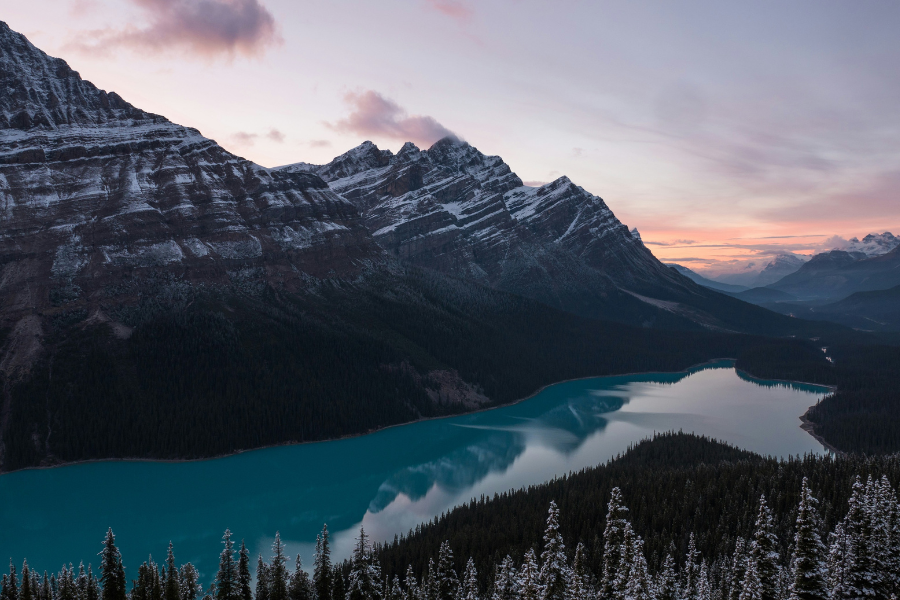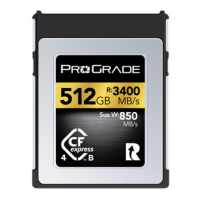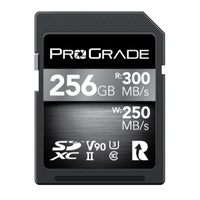How do you know when to choose between RAW and JPEG file formats? This critical choice can affect your image quality, the flexibility in post-processing, and even storage space on your devices. This article aims to explore the differences between these two popular file formats to help you make an informed decision based on your needs. Ultimately, knowing when to use each file format can enhance your photography skills.
Deciphering RAW: The Unprocessed Gold Standard
RAW is a file format that captures all image data recorded by the sensor when you take a photo. This results in a high-quality image, as no information is lost in compression, and the captured image is the closest representation of what the camera sensor sees.
There are many benefits of shooting in RAW format. First, it offers higher-quality images due to the absence of compression. Second, it provides more data for post-processing, allowing a greater level of adjustment and correction to exposure, white balance, and color. This is especially useful for tricky lighting situations and for images that may need substantial editing or color correction.
Finally, RAW files give a boost to the dynamic range in an image– allowing for an expanded range between the lightest and darkest part of an image. These features make RAW the gold standard for professional photographers.
JPEG Unveiled: Compression for Convenience
JPEG, or Joint Photographic Experts Group, is another popular image file format utilized by photographers. JPEG images undergo compression, meaning the file size is reduced by eliminating certain “unseen” or “unimportant” image data. This results in smaller file sizes which are convenient for sharing and storage, especially on devices with limited space.
When saving in JPEG format, the camera applies adjustments like contrast, sharpening, and color saturation to the image, creating a more polished look straight out of the camera. This is beneficial for those who prefer a quicker workflow or who don’t plan to spend much time in post-processing.
Additionally, JPEG files are universally recognized. You can open, view, and print JPEGs on virtually any device, making them a practical choice for everyday photography and online sharing. Also, because of their smaller file size, you can store many more JPEG images on a memory card than RAW images. JPEG format is perfect for photographers looking for convenience and efficiency, with a good balance of quality and file size, and minimal need for post-processing.
Quality vs. Convenience: A Comparative Analysis
Now that we have a basic understanding of each format let’s compare them side by side, so you can better understand which one suits your needs best.
Image Quality:
When it comes to image quality, RAW files hold an upper hand over JPEGs. As RAW files are devoid of any in-camera processing, they retain all the details, colors, and textures of the scene, resulting in higher overall image quality. On the other hand, JPEGs undergo compression, which leads to loss of image data, and potentially, a degradation in the quality, especially noticeable in large prints or when the image is heavily cropped.
Post-Processing:
Flexibility in post-processing is another major point of distinction between these two file formats. RAW files provide much more room for adjustments such as exposure, white balance, and recovering shadow and highlight details, without significant loss in quality. This is due to the extensive data captured by the RAW format. JPEGs, however, offer limited flexibility in post-processing, as changes can lead to visible degradation of the image quality.
File Size:
JPEGs are a lot smaller than RAW files. The compression applied to JPEGs discards unnecessary data, reducing the file size and making them easy to store and share. On the other hand, RAW files are much larger due to the wealth of data they contain, requiring more storage space and slower to share online or via email.
Understanding these differences can guide you in choosing the appropriate format for your needs. Remember, the choice between RAW and JPEG isn’t an absolute one but depends on your unique requirements, be it image quality, flexibility in post-processing, or ease of storage and sharing.
When to Opt for RAW: Unleashing the Power of Unprocessed Data
Choosing RAW has its advantages in scenarios that require superior image quality, extensive post-processing, or when you want maximum control over the final image.
For instance, if you’re planning to print an image in a large format or want the option to crop heavily, RAW files are a better choice than JPEG because of their high level of detail, color accuracy, and overall quality. The uncompressed RAW files preserve the finest details, enhancing the appeal of your prints, especially when they’re displayed in large formats.
Similarly, if you’re venturing into extensive post-processing, RAW files offer greater flexibility for adjustments. From tweaking the exposure and white balance to recovering shadow and highlight details, the data within RAW files gives you the liberty to modify your images extensively without degrading their quality.
Finally, if your goal is to have maximum control over the final image, RAW is the way to go. Whether you’re a professional photographer striving for perfection or an enthusiast who loves to experiment, RAW files give you the ability to make comprehensive customizations to your image.
The JPEG Advantage: Swift Shooting and Simplified Editing
Opting for JPEG can be a practical choice in many scenarios, particularly when speed and convenience are most important.
If you’re involved in fast-paced shooting environments—such as sports, wildlife, or event photography—JPEG is the more appropriate choice. The smaller file size enables quicker write times to your memory card, allowing for faster continuous shooting and reducing the risk of missing critical moments. With JPEG, you can capture more images in a burst compared to the RAW format, thanks to the reduced data load on your camera’s buffer.
JPEG is also advantageous when minimal post-processing is intended. If you’re pleased with the colors and exposure you’re getting straight out of your camera or if you don’t plan to make extensive adjustments in post-processing, JPEGs are a convenient choice. The in-camera processing gives the images a more finished look straight out of the camera which might be all you need for certain projects or personal photos.
Furthermore, JPEGs are universally compatible across all devices and platforms. If you need to quickly share photos via email or social media, or view them on different devices, JPEGs are the way to go.
If your photography demands fast shooting, minimal editing, convenient sharing, and universal compatibility, JPEG is the clear winner.
Balancing Act: Integrating RAW and JPEG in Your Workflow
Integrating both RAW and JPEG formats into your workflow can be a strategic move that provides both high-quality image output and maximizes your efficiency. Most cameras today have an option to save your images in both RAW and JPEG formats at the same time. This gives you the best of both worlds, allowing you to have an immediate, shareable JPEG and a RAW file for extensive post-processing later. This approach is especially useful in situations where you need to quickly deliver a good-quality image but also want to retain the possibility of generating a higher-quality version for future use.
Managing your storage and processing tools efficiently is a key aspect of this workflow. Given the larger size of RAW files, investing in high-capacity memory cards and storage solutions is necessary. JPEG images, being smaller, can be swiftly uploaded for immediate sharing or basic editing using standard photo editing tools. RAW files, though, require specialized software like Adobe Lightroom or Capture One for post-processing.
By organizing your workflow to include both formats, you’ll be prepared for a variety of shooting scenarios, optimizing both quality and efficiency.
Conclusion: Crafting Pixel-Perfect Shots with Format Finesse
Understanding and choosing the right image file format is important to achieving your creative and technical goals. The choice between RAW vs. JPEG is not black-and-white, and the optimal format depends on your specific needs. You may even choose a different format from one type of shoot to the next!
Recognizing when to use each format will enable you to deliver stunning images with efficiency. There’s no one-size-fits-all in photography. Embracing the benefits of both RAW and JPEG can elevate your photography game, providing you with flexibility, convenience, and stunning quality.





